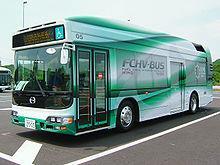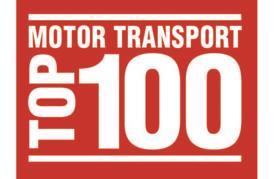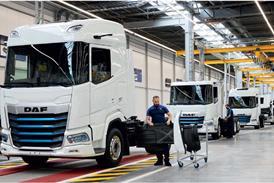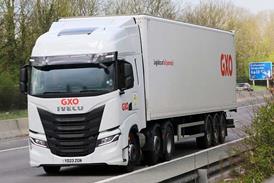
Where California goes, the US goes, and where the US goes the rest of the world will follow, so they say. So the news that California is investing in a hydrogen refuelling network to power vehicles running on hydrogen fuel cells might be significant. Maybe.
Air Products is supplying hydrogen fuelling technology for a network of 19 hydrogen fuelling stations to be built throughout California in 2015 by FirstElement Fuel. These will be supported by grants through the California Energy Commission’s hydrogen fuelling programme which is aimed at encouraging take up of fuel cell vehicles to be launched in California next year.
Fuel cells are a bit like batteries in that they convert energy into electricity which can be used to turn electric motors. But unlike batteries they rely on an external source of energy such as hydrogen or methane to generate electricity. The jury is still out on whether conventional lithium ion batteries are the way ahead for so-called zero emissions vehicles or whether fuel cells will develop to the point they are a viable option.
Like all 'zero emissions' technology, what this means in reality is no carbon dioxide, NOx or particulates are produced from the tailpipe of the vehicle - ideal if like Los Angeles (and London for that matter) you have local air quality problems. Charging batteries or making hydrogen both require electricity to be generated somewhere so all you are doing is moving the problem out of the city to wherever the power stations are, but at least that is one solution for big cities where traffic is a major contributor to poor air quality.
There are already hundreds of fuel cell buses on the road around the world and FedEx is trialling fuel cells as range extenders on a small fleet of electric vans. There is no doubt that hydrogen -whether used in fuel cells or to power internal combustion engines for heavy duty applications - is potentially a useful fuel for a low carbon future. If we ever find a limitless source of cheap, zero carbon electricity (nuclear fusion say) then there is plenty of hydrogen lying around in the form of good old H2O, but separating it requires a lot of energy. Burning it just turns it back into water, avoiding those troublesome carbon emissions.
But the history of hydrogen is littered with false starts. Remember the Hindenburg? After that hydrogen-filled airship crashed and burned helium became the gas of choice for blimps despite it being less efficient and more expensive.













![Mercedes-Benz_eActros_600_(1)[1]](https://d2cohhpa0jt4tw.cloudfront.net/Pictures/274x183/8/2/0/17820_mercedesbenz_eactros_600_11_978080.jpg)